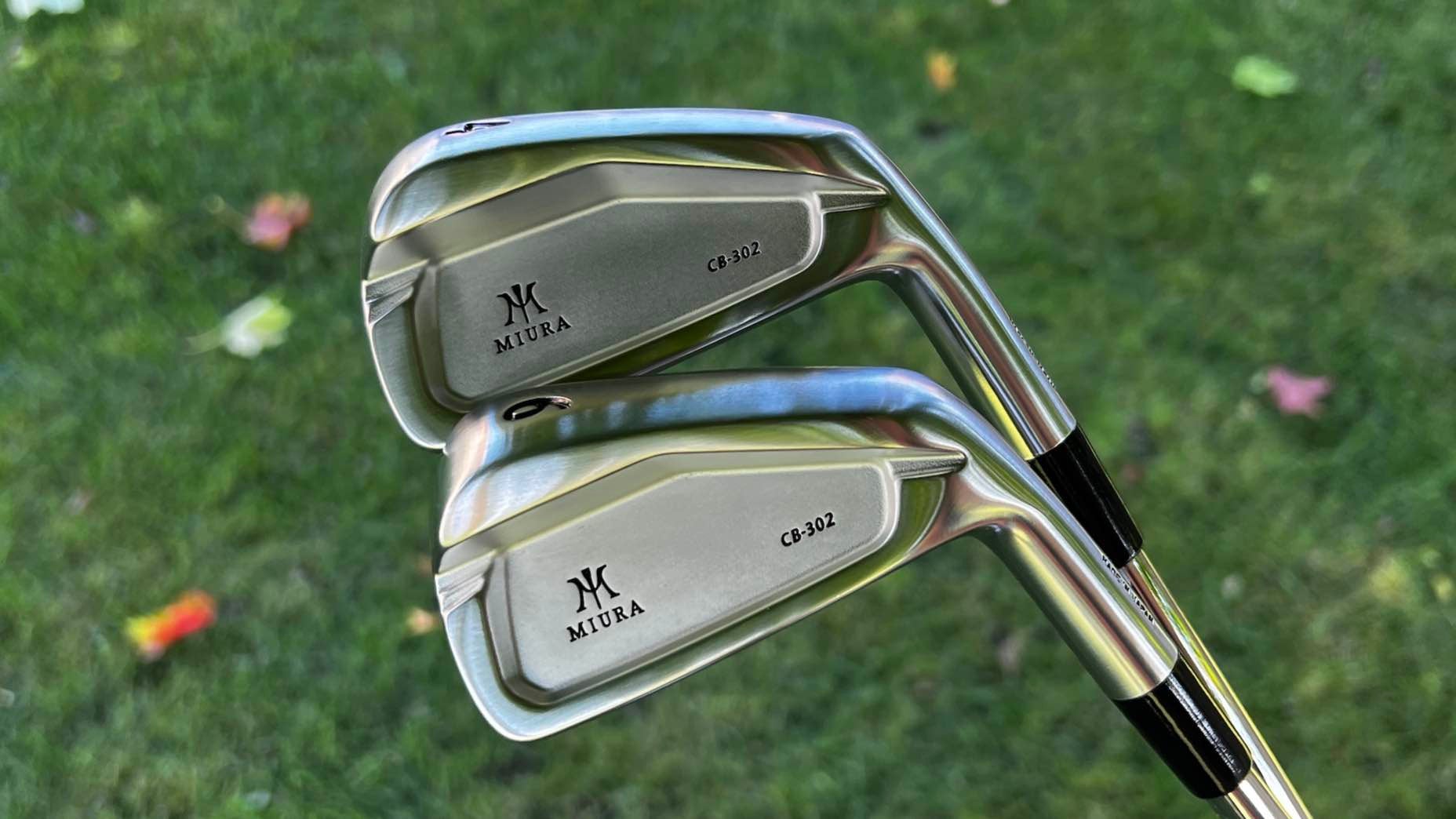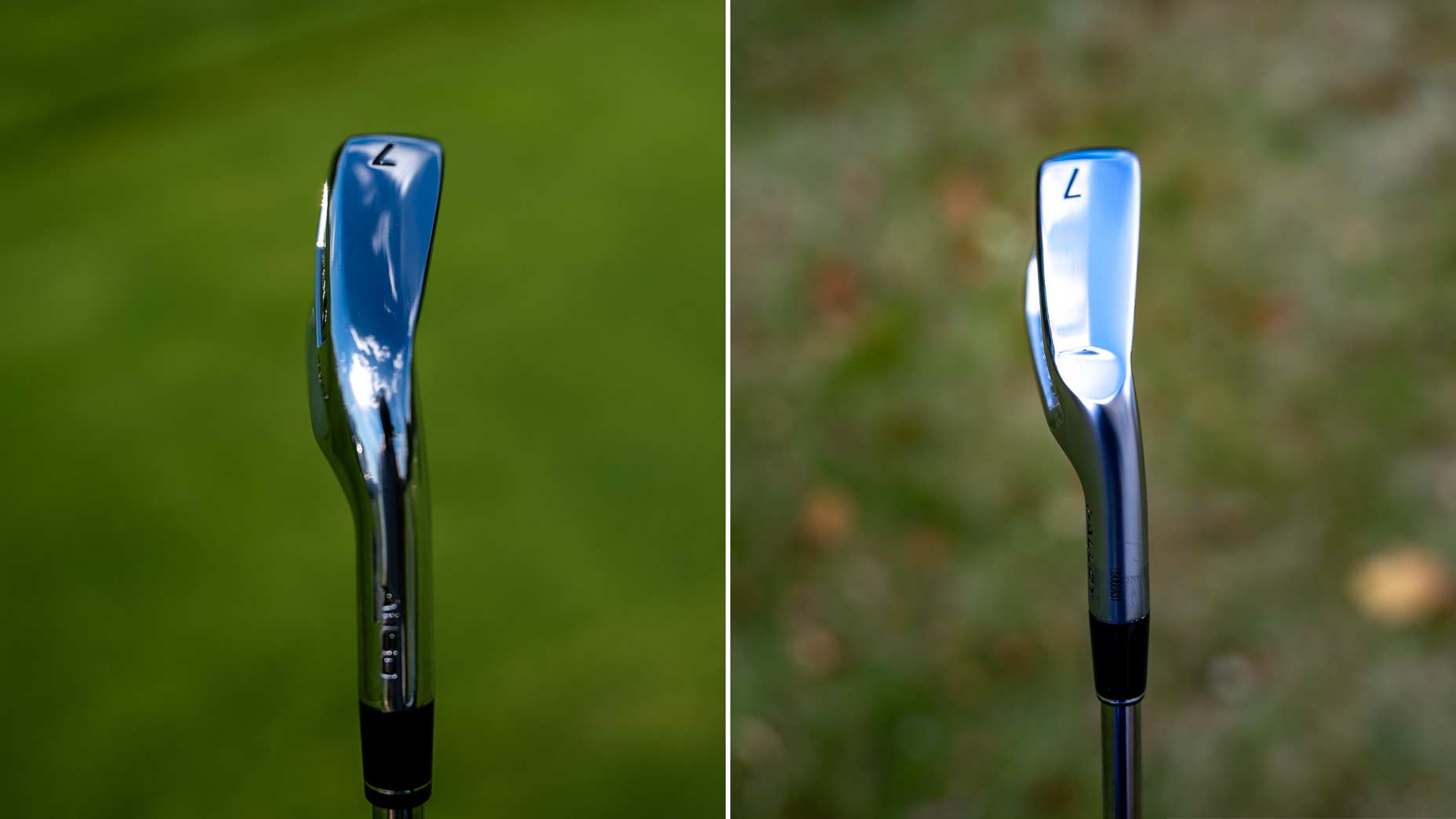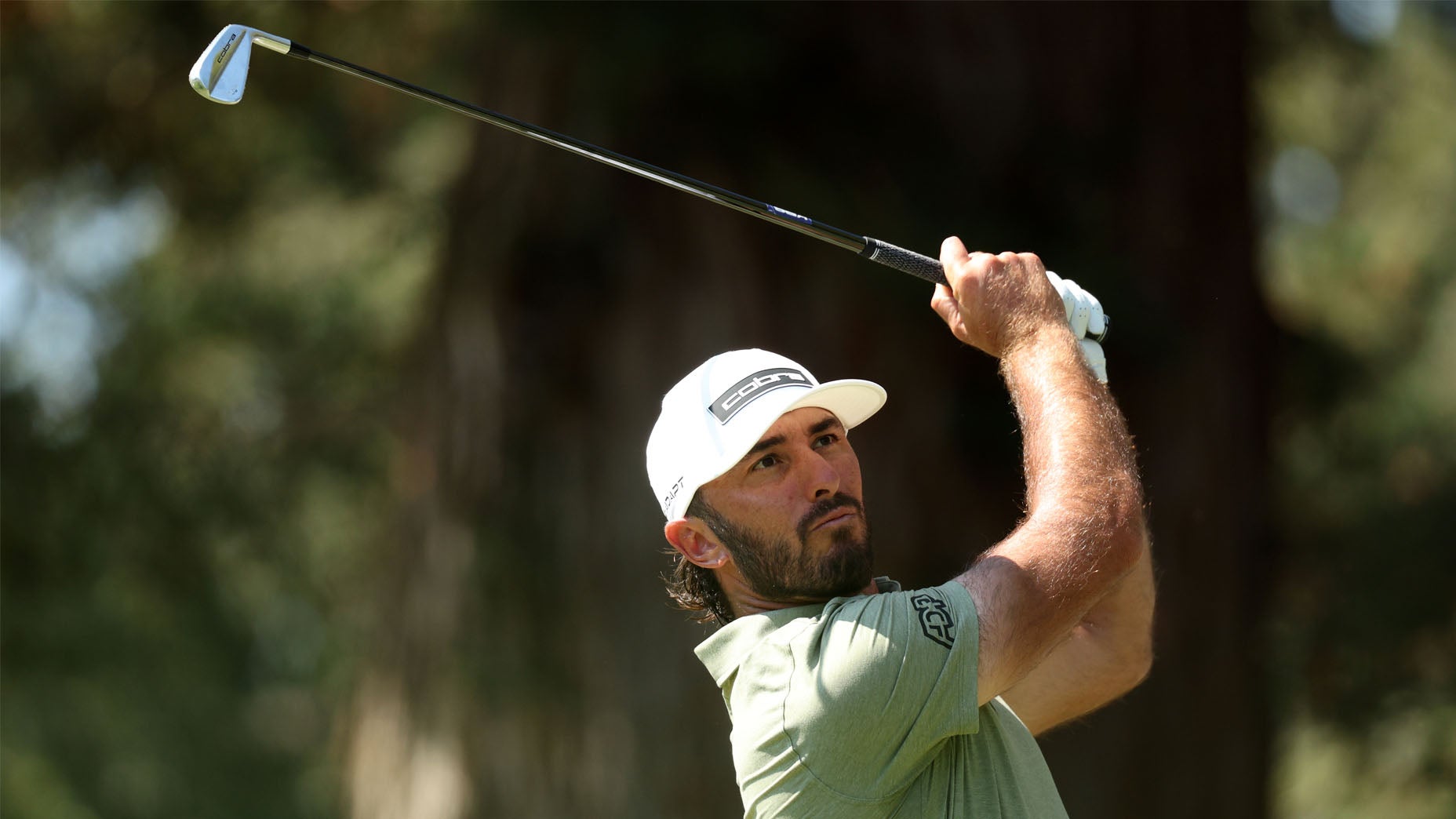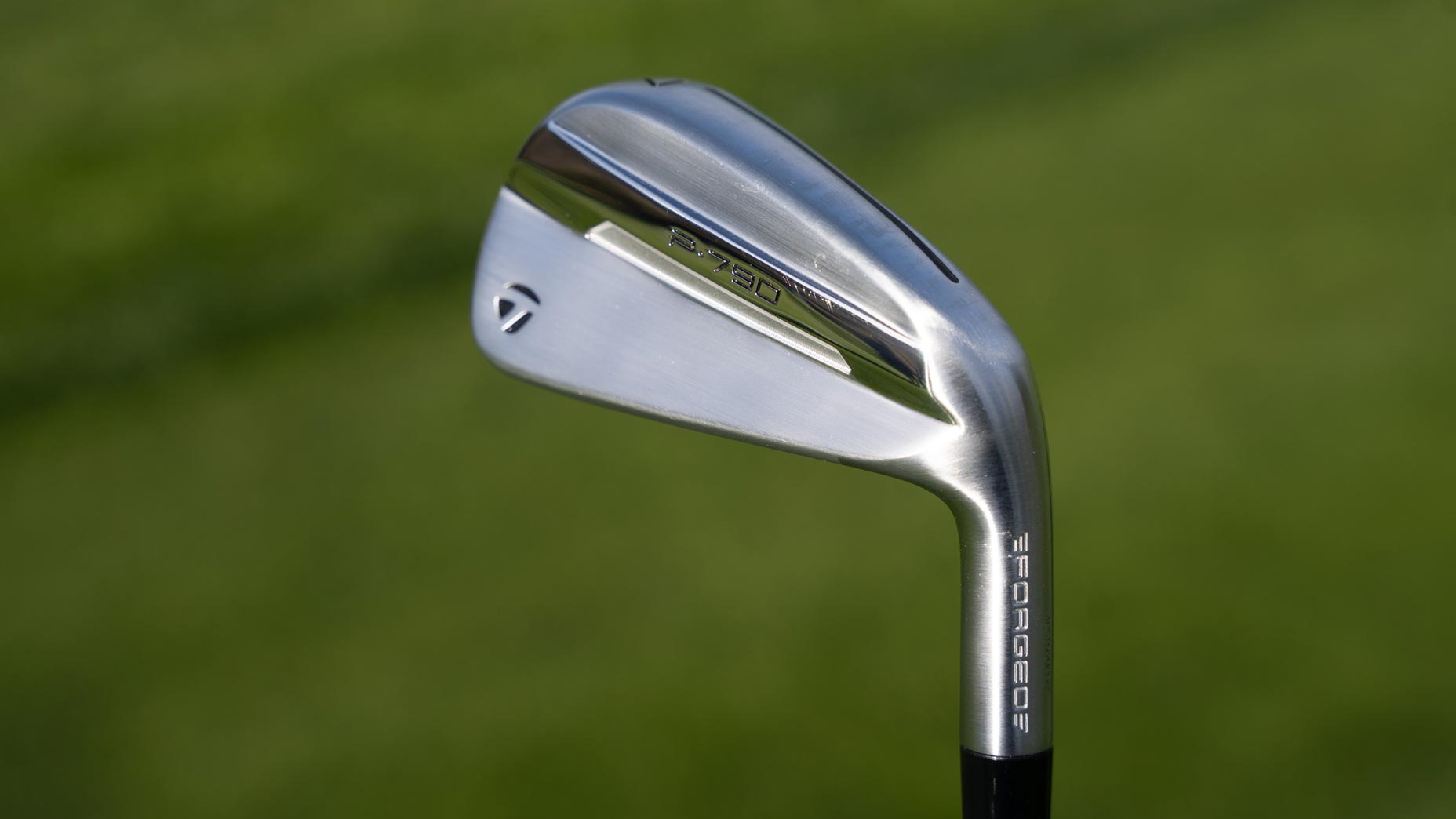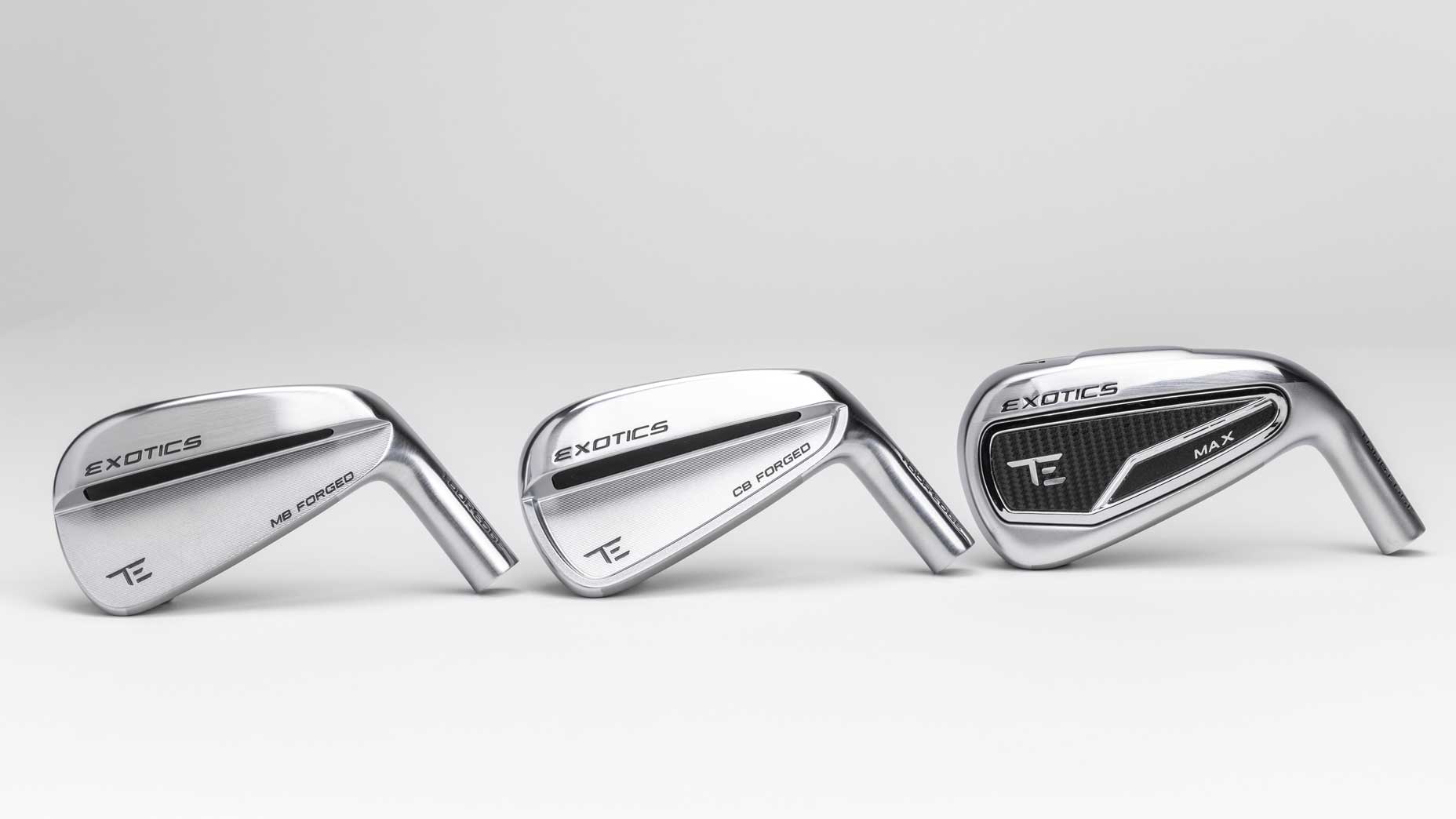Welcome to GOLF.com’s ClubTest Proving Ground, where Managing Equipment Editor Jonathan Wall and Senior Equipment Editor Ryan Barath put the latest designs and groundbreaking technology in the equipment space to the test on the range and the course.
Miura Golf is known for their premium Japanese-forged irons that put an emphasis on producing a soft yet solid feel at impact thanks to a unique manufacturing process. But, even with the ability to create complex cavity designs, most golfers still don’t believe forged golf clubs can be forgiving — so we’re here to put that rumor to rest.
Tools: Since Miura irons are always built to order, I had the opportunity to test a set of Miura CB-302s built to my specs with Nippon Modus 105 stiff flex shafts and Miura-branded Lamkin grips. Although this shaft is generally a little lighter than what I traditionally use, I felt it was the best representation of a lighter shaft that offers a slightly higher launch without sacrificing control.

The only adjustments I made to the CB-302s was that I bent them 3 degrees flat from their standard lie angle to align with my personal specs.
The Test: To find out how the Miura CB-302s blend their soft-forged feel with extra forgiveness and distance.
Miura CB 302 design recap
The new CB-302 builds on the lineage of the Miura 301 with a redesigned sole and address profile to create a stronger flight and more forgiveness, along with less offset.
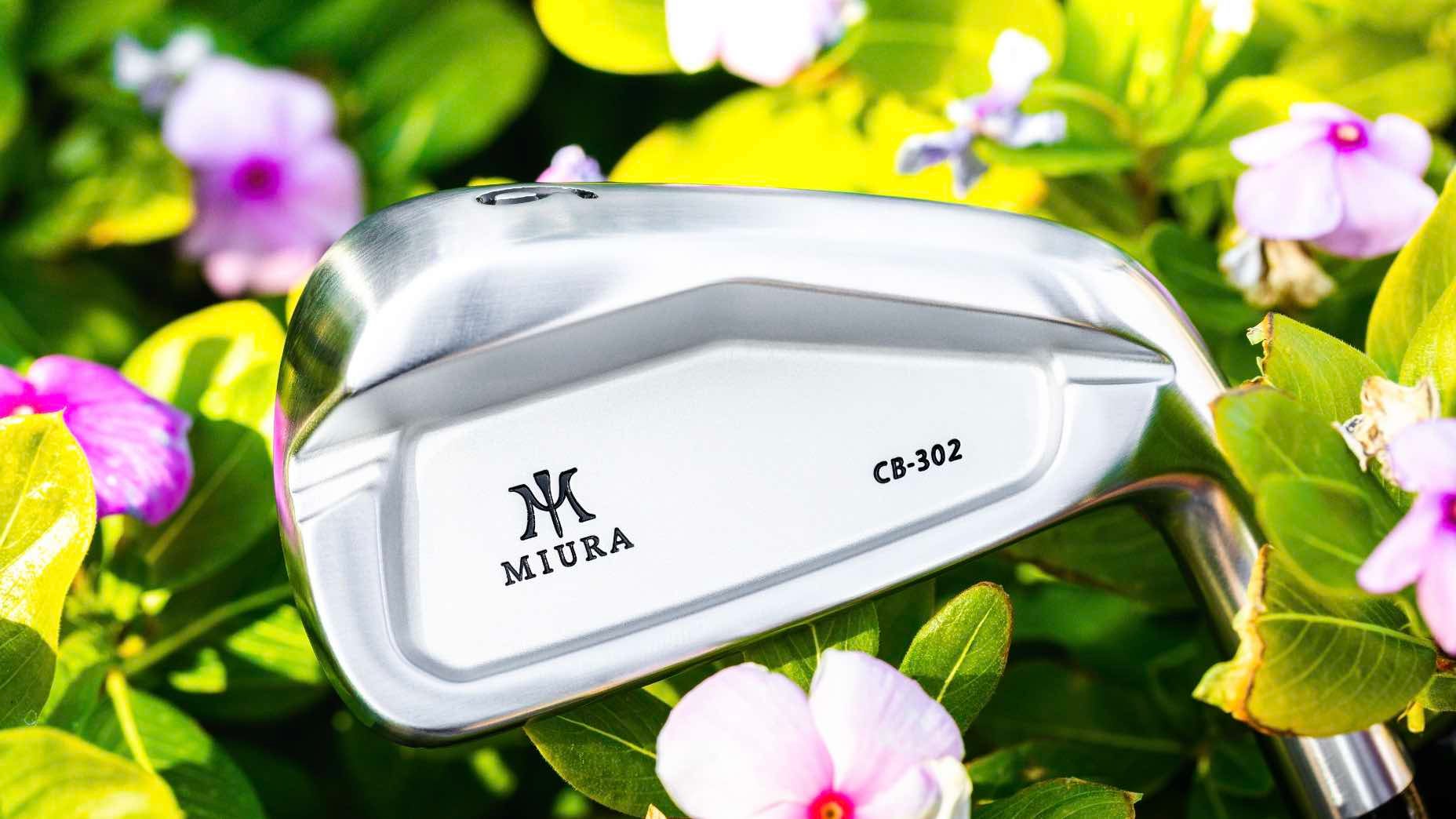
The sole is a key piece of the 302 because at 19mm wide (in the 7-iron) it is the widest sole on an iron that has ever been produced at the Miura factory. The combination of the wide sole and deeper cavity positions more mass lower in the head to increase launch on shots hit lower on the face while the V-shape helps move mass to the heel and toe to boost stability.
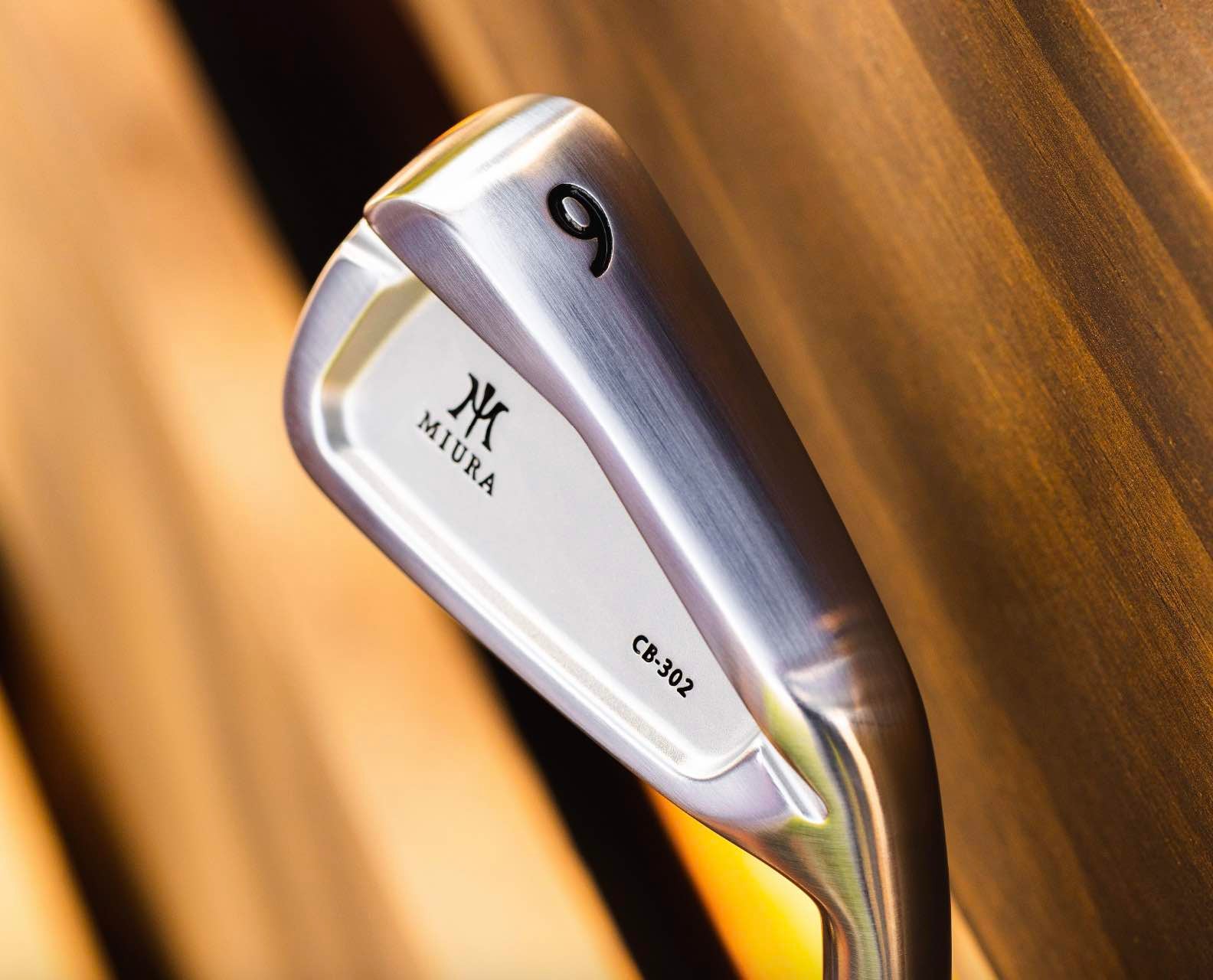
Although the sole is wider, it offers a more comprehensive profile shape with rounded camber and bounce to provide maximum shotmaking capabilities and turf interaction to go along with the extra forgiveness.
Results: As I expected from my previous experiences with Miura irons, the feel of the CB-302s did not disappoint. Considering the depth of the cavity and the single one-piece forged nature of the club that can’t rely on a dampening badge to help reduce unwanted vibrations, it was just as soft as the MB-101 and the MC-502 that I have tested in the past.
As for forgiveness, the one thing that stood out for me was how the club got through the turf, especially on less-than-perfect strikes where I might have caught it a bit heavy. Thanks to the wider sole with generous camber, I never had the feeling that the club was getting “stuck” on fat shots and that’s a big win for me and any golfer who might get steep from time to time.

For golfers who might be worried that an iron with a wider sole doesn’t offer playability into the shorter irons, you don’t have to worry about that with these because not only does the blade length get progressively shorter to help with workability, the sole camber is increased to improve ground interaction.
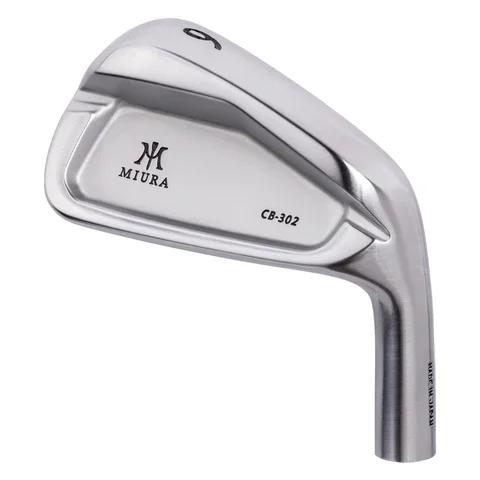
Miura CB-302
As a golfer who likes to chip with a 9-iron or a pitching wedge around the greens, the short iron soles flowed perfectly into my wedges, so it never felt like I had to manipulate anything when using them around the green. In my eyes, that shows that these can fit a wide variety of golfers.
Conclusion: If you’re a golfer who wants a premium forged iron with classic looks and more than its fair share of forgiveness, the Miura CB-302 should be high on your list of must-try irons at almost any handicap level.
Want to overhaul your bag for 2023? Find a fitting location near you at True Spec Golf.
